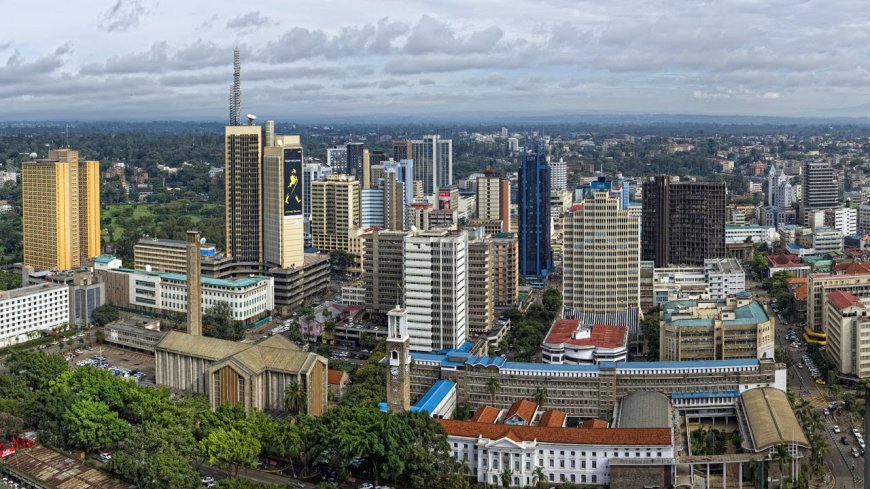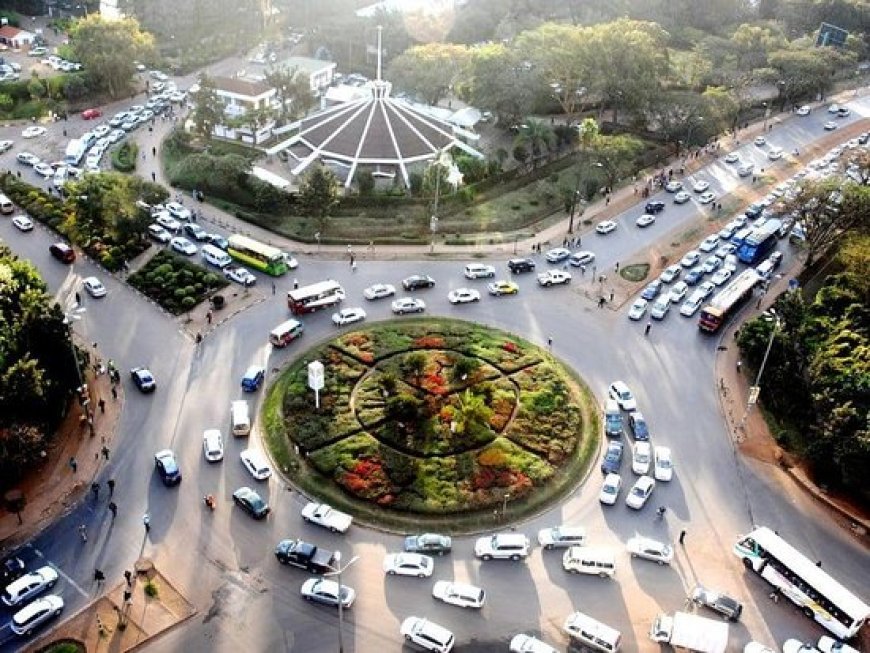The Rapid Growth of Nairobi’s Satellite Towns.
In recent years, the satellite towns surrounding Nairobi, Kenya’s bustling capital, have witnessed a significant transformation. Fueled by economic growth, infrastructural development, and a burgeoning middle class, these towns are becoming attractive alternatives for both residents and investors.
Drivers of Growth
Population Growth
Nairobi’s rapid urbanization has led to increased demand for housing and amenities. With the city’s population expected to double by 2050, the pressure on its resources and infrastructure is immense. The Satellite towns such as Kitengela, Ruiru, Thika,Machakos,Kajiando and Athi River offer affordable housing options and spacious environments, making them attractive to those looking to escape the congestion of the city.
Improved Infrastructure
Kenyan government’s focus on improving infrastructure has played a crucial role in the development of these towns. Projects such as the Nairobi Expressway, the expansion of the Eastern and Northern bypasses, and the Standard Gauge Railway (SGR) have enhanced connectivity, making movement more efficient and boosting economic activities in these towns.
Economic Opportunities
With the decentralization of businesses and industries from Nairobi, satellite towns have become hubs for new ventures. Industrial parks and business complexes, creating job opportunities and stimulating local economies. This economic diversification has made these towns more than just residential areas, contributing to their rapid growth with a short period. The demand for residential and commercial properties has spurred a boom in these towns. Developers are capitalizing on the availability of land and the demand for affordable housing. This growth in real estate not only provides investment opportunities but also contributes to the local economy through job creation and increased revenue.The rise of satellite towns has opened up numerous business opportunities. Investors have a wide range of sectors to explore.
Challenges
1. Infrastructure Strain
Despite improvements, the rapid growth of these towns is straining existing infrastructure. Roads, water supply, and sewage systems are struggling to keep pace with the population influx. Ensuring sustainable development and upgrading infrastructure is a pressing challenge for local authorities.
2. Environmental Concerns
The expansion of these towns poses environmental risks, including deforestation, pollution, and loss of biodiversity. There is a need for sustainable urban planning that balances growth with environmental conservation.
3. Social Integration
As these towns grow, integrating diverse communities and providing adequate social services such as healthcare, education, and security becomes essential. Ensuring social cohesion and addressing inequality are crucial for the long-term stability of these areas.
Conclusion
The rapid growth of Nairobi’s satellite towns presents both opportunities and challenges. With strategic planning and investment, these towns can evolve into vibrant, sustainable urban centers that contribute significantly to Kenya’s economy. However, addressing infrastructure, environmental, and social challenges is vital to ensure that this growth benefits all residents and maintains the quality of life in these burgeoning communities.
What's Your Reaction?






























































